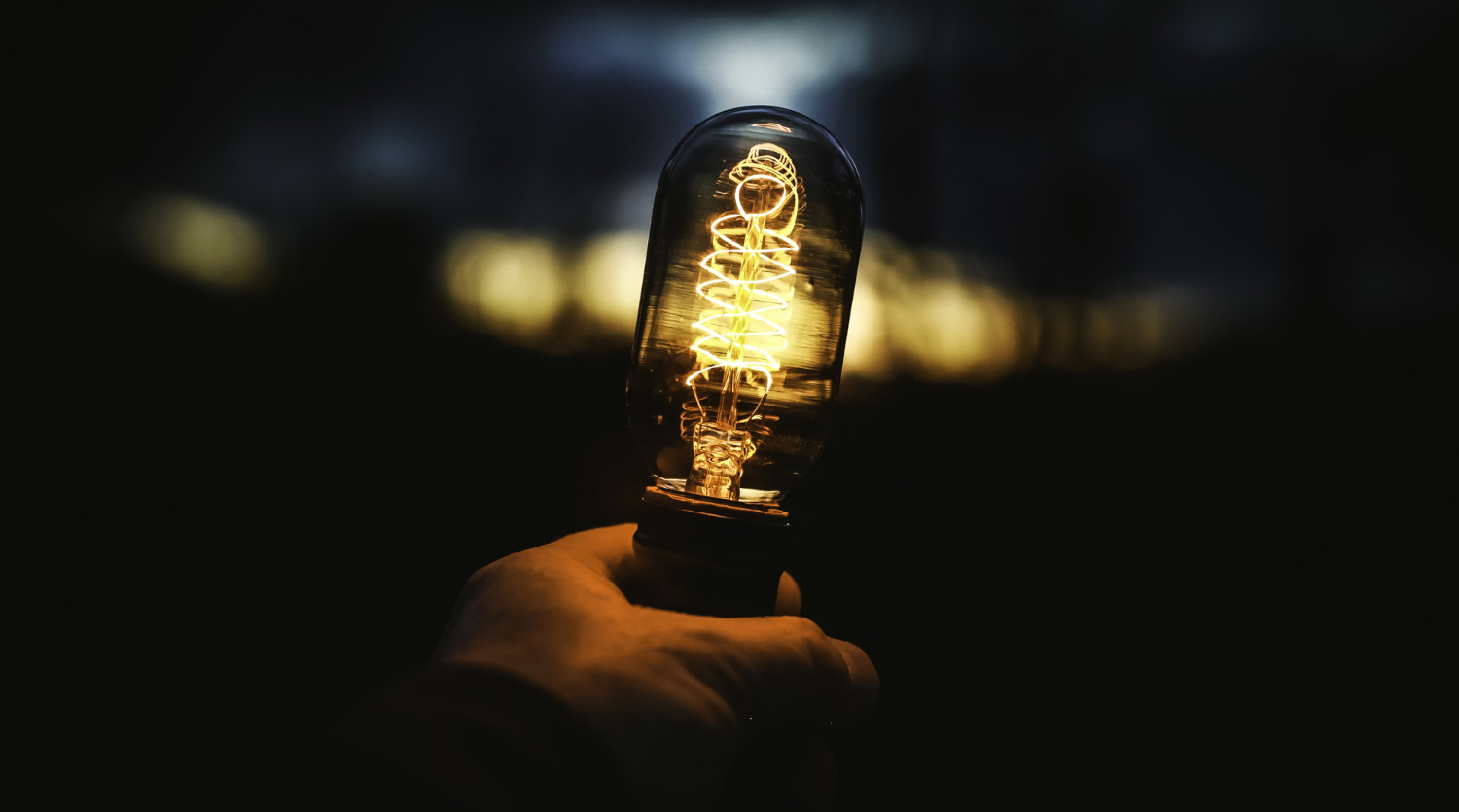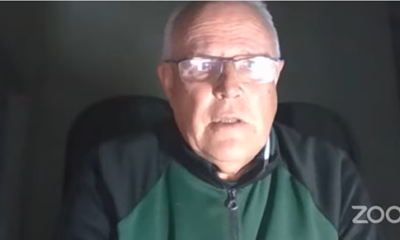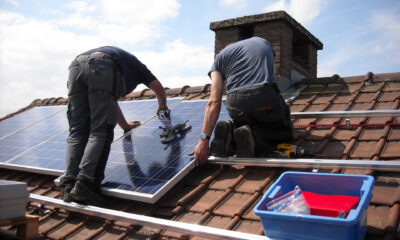
Featured Item

Why there won’t be lighting miracles this year
As another year of loadshedding comes to an end, it seems we’re unlikely to see another Chanukah miracle anytime soon. Unlike the drop of oil that lasted eight days, Eskom’s emergency reserves can provide power for only a few days, says Chris Yelland, energy analyst, consultant, electrical engineer, public speaker, writer, and managing director at EE Business Intelligence.
“It’s certainly possible that we’ll have loadshedding over the December period,” said Yelland. “I think it would be wrong for anybody at Eskom or the government to say that loadshedding will come to an end in December.”
According to Yelland, the electricity demand reduces in December so the loadshedding outlook appears to improve, however, “Eskom has a significantly higher level of planned outages and maintenance” in that month.
Yelland said Stage 6 loadshedding first occurred in December 2019, so “it’s possible that we’ll have serious loadshedding in December, even at a time when demand for electricity is low”.
To keep the lights on for the holidays, or at least eight days, would require Eskom to use its emergency reserves to mitigate any supply shortage. “If a situation arose where there was inadequate supply because of the high levels of planned and unplanned outages, it could alleviate the situation by operating diesel-driven open cycle gas turbines, as well as pump water storage schemes,” said Yelland. “And Eskom does this on a regular basis, whenever there’s a shortage of supply, it runs these emergency reserves.
“But these emergency reserves don’t last long. They were never intended to run for continuous purposes for operational needs. They were intended to be used for short-term emergencies. If you operate the open cycle gas turbines hard for a couple of days, they run out of diesel. And the same thing applies to the pumped water storage schemes. You then need to switch them off and replenish either the diesel or the water in the top dam. And that’s what’s been happening. That’s why we have regular loadshedding.”
This isn’t to say that there’s no light at the end of the tunnel. “If we do the right thing for a long time, we’ll solve this problem,” said Yelland. “The difficulty is to do the right thing. We need to focus on the maintenance regime and performance of Eskom’s power stations, but that’s not enough. We also need brand new generation capacity that performs well.”
We need this for the existing shortfall of 6 000 megawatts (MW), Yelland said. “When we have Stage 6 loadshedding, it means that we’re 6 000MW short. So we need at least 6 000MW of new generation capacity.” We also need another several thousand megawatts to give us a generation reserve margin, he said. “You need about 15% excess over and above your specific maximum needs in order to give you enough generation units that, when one switches off for whatever reason including planned maintenance, you have a spare one to switch on,” said Yelland.
Additionally, we need to be able to cater for a growing economy. “At the moment, the economy is being held back by electricity supply, and we need more generation just to keep pace with the growth of the economy and the population.” We also need to replace old power plants. “There’s a whole lot of old coal-fired power stations that have to shut down because they’ve reached the end of their life,” he said.
Unless we do all these things, we’ll have loadshedding for a long time, said Yelland. “But if we do the right thing, and if we get the private sector to help bring on new generation in the form of rooftops solar PV, battery energy storage, and other renewable energy projects, both small and large, it can also make a big difference. And, together with public-sector procurement, we can solve this problem, but we all have to work together as a team.”
Yelland doesn’t recommend going off the grid as he says it’s too expensive and an inefficient way of operating. “What’s actually beneficial isn’t going off grid but putting in a system in parallel with your grid connection. If you can afford it, it gives you peace of mind and security of supply, and it will also help reduce your electricity bill. Some people can get by with a gas stove, a couple of hand-operated lights and a backup battery, which is only an investment of about R10 000 maximum. I’m not recommending one thing or another. It’s a decision that everyone must take depending on their circumstances.”
Yelland believes moving loadshedding to local government level was a “bad move”.
“Financially, administratively, and management-wise, City Power Johannesburg is in dire shape. The move to take all loadshedding in Johannesburg out of Eskom’s hands and put it in City Power’s is like going from the frying pan into the fire. One of the reasons City Power gave was that it wanted to reduce the amount of loadshedding on business and industrial customers in the metropolitan area. But you’re still required to shed a certain amount of load by the Eskom system operator. If you shed less load for your commercial and industrial customers, you must shed more load for all the other people. So, if you want to give some people an easy ride, you have to give other people a harder ride.”
That being said, Yelland believes increased efforts by the government, driven by the election next year, are making some difference. “The new electricity minister is bringing a new energy, a new sense of urgency, and a new accountability to ending loadshedding, and it’s making a difference,” he said.
“But you can have a good week, then a bad week, or a good month, and then a bad month.” Just a few weeks ago, the loadshedding schedule seemed to be improving, followed by schedules up to Stage 6. “The trouble in South Africa is that we tend to think that when we don’t have the same intensity of loadshedding, the problem has been fixed,” Yelland said.
“You cannot fix this problem by waving a magic wand or doing a couple of flying visits to power stations around the country and a few media briefings,” he said. “The problem needs to be fixed by fixing Eskom, having a proper maintenance regime in place, and building new generation capacity, and that takes time, costs money, and requires skills.”










